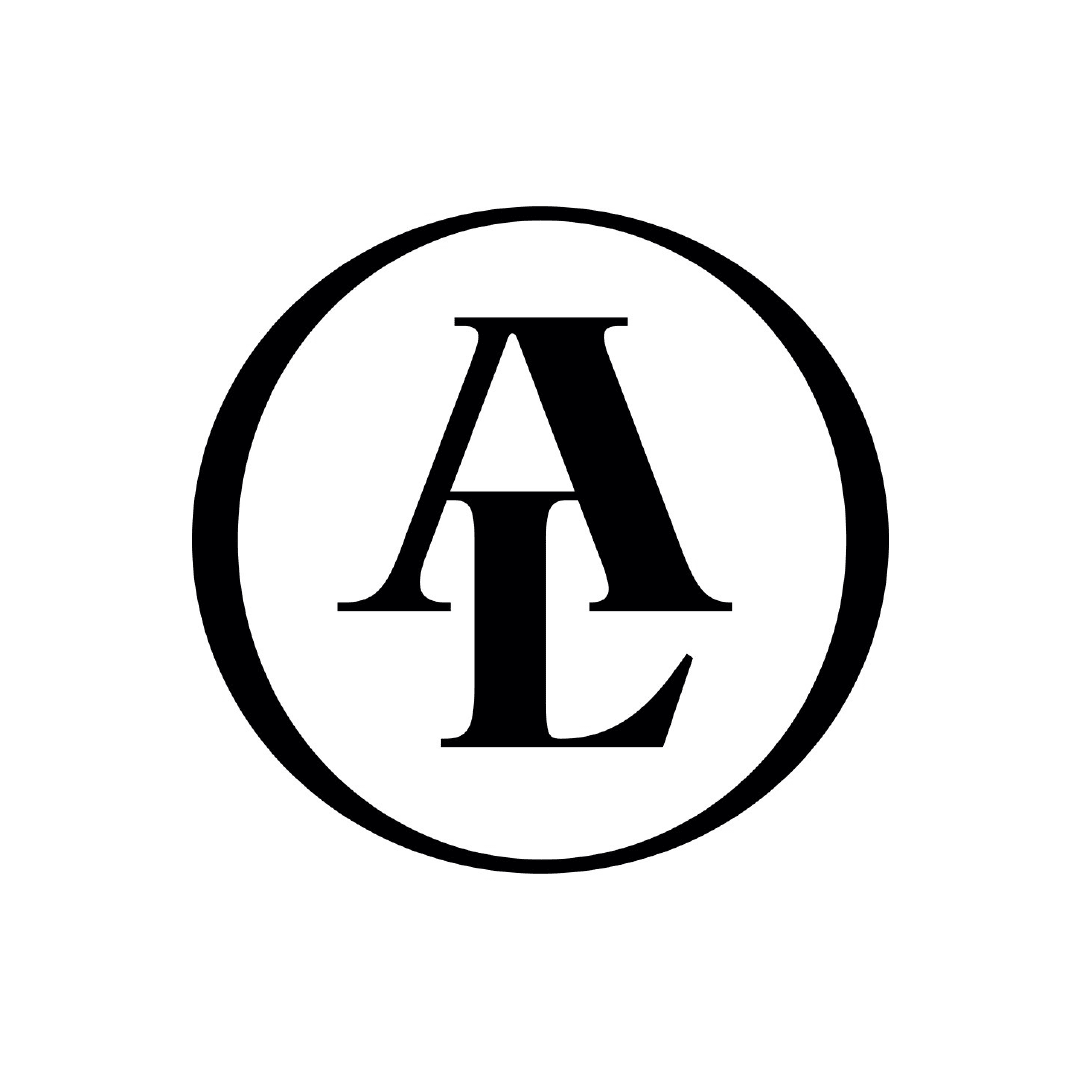The release by Zonda of the 37th annual Cost vs. Value (CVV) report finds exterior improvement projects continuing a multiyear trend of providing home sellers with their greatest return on investment (ROI). Nine out of the top 10 projects with the highest ROI were exterior improvement projects—a result that proves consistent in the CVV report, owing to values defined by real-estate professionals, who tend to place high value on a home’s curb appeal in establishing a home’s selling price.
The project with the highest average ROI on a national basis is replacement of the garage door (with an average 194% ROI), followed by replacement of the exterior door (188% ROI) and the installation of manufactured stone (153% ROI). The one exception, sitting at No. 5, is a minor kitchen remodel—a modest face-lift of kitchen surfaces that offers a 96% return on investment when done prior to the sale of a house.
Hot Returns
Compared with last year’s CVV reports, 2024’s has seen a surge in a number of project values, with the average values of the top two projects—the garage door and steel entry door replacements—worth double what they were last year. These higher values result in ROIs for the top two projects of almost 200%, and an average ROI for the manufactured stone veneer project of over 150%. These “hot returns” are the highest in the history of the Cost vs. Value report and can be attributed to the unique market for existing homes we have in today’s economy with a combination of higher mortgage interest rates and existing homeowners sitting on loads of equity. “There has been a strong shift in the existing home market that favors move-up buyers,” says Todd Tomalak, a principal of Zonda Advisory. This cohort is more discerning than first-time buyers. At the same time, there are fewer existing homes for sale, meaning fewer homes that meet this discerning buyer’s quality standard. “A new garage door or new entry door can make a pronounced difference,” Tomalak explains. “It could be the thing that makes one house stand out against all the others, making the home worth a higher price.”
Not all projects have risen in value, however. The HVAC conversion (replace a fossil-fuel-burning furnace or boiler with an electric heat pump) ranked at No. 1 last year with 104% ROI; this year, the project has fallen to No. 12, with 66% ROI.
The change is likely driven by lower natural gas prices and higher electricity prices in 2023 compared to the year before. When the HVAC conversion debuted as a CVV project in December 2022, it was new to many real-estate professionals, and they didn’t have a lot of experience with what this big-ticket conversion might do to existing home prices. “A year later, real-estate professionals have gained a better understanding of the project’s value,” explains Jacob Belk, vice president, Zonda Advisory. “They seem skeptical that it’s moving home buyers towards a higher-priced sale.”
Overall, the U.S. appetite for electric heat pumps has shrunk; heat-pump sales fell by nearly 17% in 2023, according to data from the Air-Conditioning, Heating, and Refrigeration Institute. However, as reported in the MIT Review, gas furnace sales declined even more than heat-pump sales in 2023, so heat pumps made up a slightly larger percentage of total heating appliance sales last year than in 2022. Yannick Monschauer, an analyst at the International Energy Agency cited by the MIT Review, said “The broad slowdown reflects broader consumer pessimism amid higher interest rates and inflation.” All indicators suggest heat-pump sales will accelerate as tax rebates afforded under the Inflation Reduction Act kick in. But the effect of those tax credits hadn’t been realized in the 2023 home-buying season, and it remains to be seen if home buyers will be persuaded to pay more for efficient electric HVAC going forward.
Definitive Turnaround
A look at yearly trends (see chart, below) shows that project costs have increased consistently over the last decade, while perceived values have fluctuated in recent years. This fluctuation has resulted in a fall in the overall ROI as post-pandemic disruptions roiled housing markets. However, 2024 shows a definitive turnaround with a solid 5.2% increase in average ROI for the 15 CVV projects that have been in the report since its inception in 2002.
Regional Variance
"Location, location, location" we know to be the first principle of real-estate sales, and the Cost vs. Value report delivers on this rule by providing data for 162 metro areas—the most detailed local assessment in the history of CVV. Zooming out to the regional view (see chart, below) gives broad insight into some of the regional diversity in project returns.
The Pacific region offers the highest returns, followed by New England. In both regions, real-estate professionals report higher values on projects with only modestly higher costs. The South Atlantic remains stronger than the Middle Atlantic region, while the Mountain region, which averaged the highest ROIs in last year’s report, is one of the three regions with the lowest ROIs, along withEast North Central and East South Central. The latter region averaged the lowest ROIs for the 23 CVV projects.
CVV for Building Professionals
While the CVV report is designed to track project values relative to the price of existing homes, building professionals are focused on a lot more than resale value when they begin discussing a project budget with prospective clients. Design and craftsmanship, occupant health and safety, long-term durability, reductions in liability, and potential for repeat business are all top of mind for the professional remodeler entering into a new project. But all these factors, and the different values attached to them, are not necessarily understood by clients.
Cost vs. Value serves to get the conversation started. By focusing first on the value of the client's investment, defining it the way a broker might, a remodeler can zero in on a client's biggest anxiety, cost. Instead of leading with their costs, they can first deliver a generalized cost that demonstrates that the project they are considering will have a definite return. Once that’s established, the contractor can go on to show the client how to think like a remodeler, raising the client's understanding and appreciation of the total value of a company's work. Finally, the remodeler can move the conversation forward to reveal the specific costs they have for the project at hand.
The cost data in the Cost vs. Value report does include a standard markup of 10% on materials and 10% on labor. This is a starting point. It may be considered low by many contractors who build high value into their work with things like a well-paid workforce that receives good benefits to ensure that a high level of dedicated, skilled, and trustworthy talent will be working on the project. Those are the sort of details that contractors will discuss with clients as they work to broaden the definition of home value and distinguish their company as the best one to complete the project.






